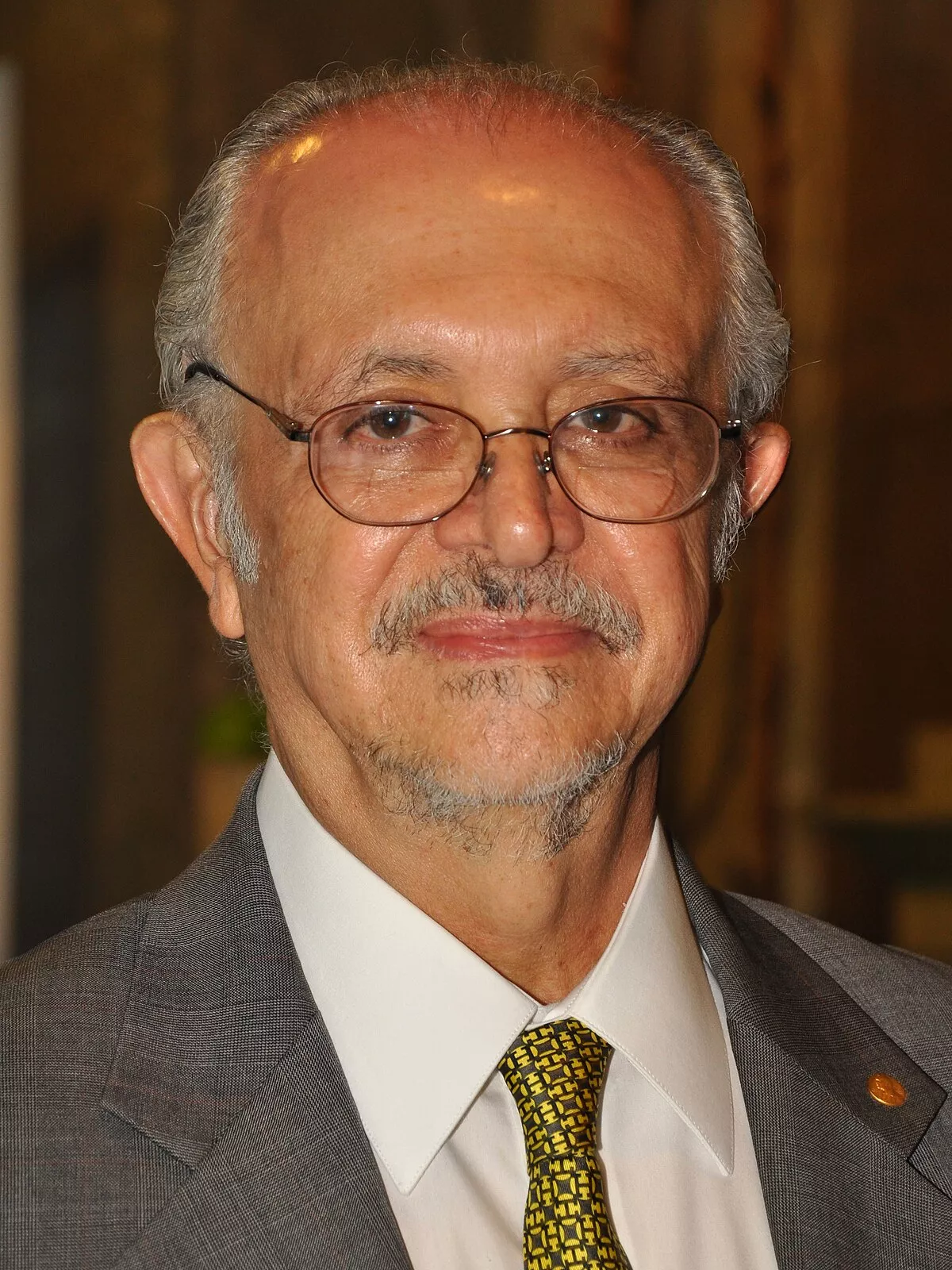 1.
1. Mario Molina played a pivotal role in the discovery of the Antarctic ozone hole, and was a co-recipient of the 1995 Nobel Prize in Chemistry for his role in discovering the threat to the Earth's ozone layer from chlorofluorocarbon gases.

 1.
1. Mario Molina played a pivotal role in the discovery of the Antarctic ozone hole, and was a co-recipient of the 1995 Nobel Prize in Chemistry for his role in discovering the threat to the Earth's ozone layer from chlorofluorocarbon gases.
Mario Molina was the first Mexican-born scientist to receive a Nobel Prize in Chemistry and the third Mexican-born person to receive a Nobel prize.
Mario Molina was a climate policy advisor to the President of Mexico, Enrique Pena Nieto.
Mario Molina was born in Mexico City to Roberto Mario Molina Pasqual and Leonor Henriquez.
Mario Molina's father was a lawyer and diplomat who served as an ambassador to Eritrea, Australia and the Philippines.
Mario Molina attended both elementary and primary school in Mexico.
However, before even attending high school, Mario Molina had developed a deep interest in chemistry.
At first Mario Molina was disappointed when he arrived at the boarding school in Switzerland due to the fact that most of his classmates did not have the same interest in science as he did.
Mario Molina went on to earn his bachelor's degree in chemical engineering at the National Autonomous University of Mexico in 1965.
Mario Molina then returned to Mexico where he kickstarted the first chemical engineering program at his alma mater.
Mario Molina began his studies at the University of California at Berkeley in 1968, where he would obtain his PhD in physical chemistry.
Between 1974 and 2004, Mario Molina variously held research and teaching posts at University of California, Irvine, the Jet Propulsion Laboratory at Caltech, and the Massachusetts Institute of Technology, where he held a joint appointment in the Department of Earth Atmospheric and Planetary Sciences and the Department of Chemistry.
On 1 July 2004, Mario Molina joined the Department of Chemistry and Biochemistry at University of California, San Diego, and the Center for Atmospheric Sciences at the Scripps Institution of Oceanography.
Mario Molina served on the board of directors of the John D and Catherine T MacArthur Foundation, and as a member of the MacArthur Foundation's Institutional Policy Committee and its Committee on Global Security and Sustainability.
Mario Molina was nominated to the Pontifical Academy of Sciences as of 24 July 2000.
Mario Molina served as a co-chair of the Vatican workshop and co-author of the report Well Under 2 Degrees Celsius: Fast Action Policies to Protect People and the Planet from Extreme Climate Change with Veerabhadran Ramanathan and Durwood Zaelke.
Mario Molina was named by US president Barack Obama to form a transition team on environmental issues in 2008.
Mario Molina contributed to the content of the papal encyclical Laudato Si'.
In 2020, Mario Molina contributed to research regarding the importance of wearing face masks amid the SARS-COV-2 pandemic.
Rowland and Mario Molina had investigated compounds similar to CFCs before.
Mario Molina realized that if CFCs released into the atmosphere do not decay by other processes, they will continually rise to higher altitudes.
Mario Molina theorized that photons from ultraviolet light, known to break down oxygen molecules, could break down CFCs, releasing a number of products including chlorine atoms into the stratosphere.
Rowland and Mario Molina's findings were disputed by commercial manufacturers and chemical industry groups, and a public consensus on the need for action only began to emerge in 1976 with the publication of a review of the science by the National Academy of Sciences.
Mario Molina's work contributed to the development of international climate agreements, such as the Paris Agreement in 2015, which aimed to limit global temperature rise and reduce emissions, including those of harmful chemicals like CFCs.
Mario Molina was elected to the United States National Academy of Sciences in 1993.
Mario Molina was elected to the United States Institute of Medicine in 1996, and The National College of Mexico in 2003.
Mario Molina was a member of the Mexican Academy of Sciences.
Mario Molina won the 1987 Esselen Award of the Northeast section of the American Chemical Society, the 1988 Newcomb Cleveland Prize from the American Association for the Advancement of Science, the 1989 NASA Medal for Exceptional Scientific Advancement and the 1989 United Nations Environmental Programme Global 500 Award.
In 1996, Mario Molina received the Golden Plate Award of the American Academy of Achievement.
Mario Molina received the 1998 Willard Gibbs Award from the Chicago Section of the American Chemical Society and the 1998 American Chemical Society Prize for Creative Advances in Environment Technology and Science.
In 2003, Mario Molina received the 9th Annual Heinz Award in the Environment.
Mario Molina later earned the Nobel Prize in Chemistry for discovering how chlorofluorocarbons deplete the ozone layer.
Mario Molina was one of twenty-two Nobel Laureates who signed the third Humanist Manifesto in 2003.
Mario Molina is the recipient of the Lifetime Achievement Award in 2014.
On 19 March 2023, Mario Molina was the subject of a Google Doodle in Mexico, the United States, Brazil, India, Germany, France, and other countries.
Luisa Tan Mario Molina is the lead scientist of the Mario Molina Center for Strategic Studies in Energy and the Environment in La Jolla, California.
Mario Molina married his second wife, Guadalupe Alvarez, in February 2006.
Mario Molina died on 7 October 2020, aged 77, due to a heart attack.